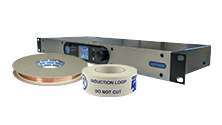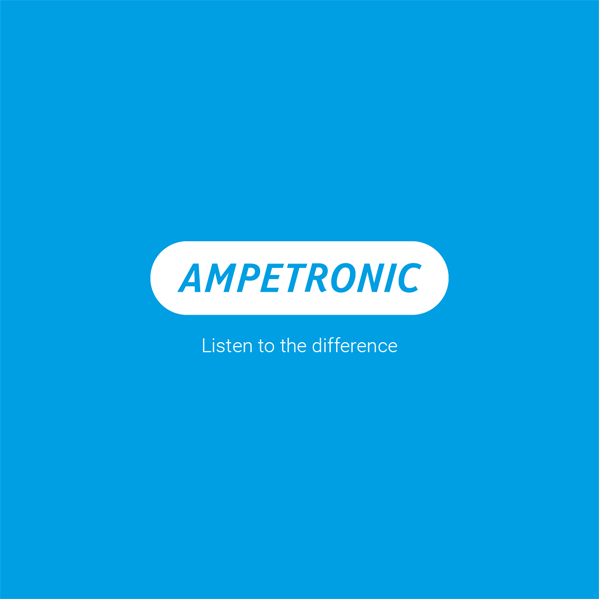Hiring a portable perimeter loop kit and running a cable around a room may allow a venue operator to comply with equal access legislation, but it’s rarely any help to hearing aid users. So what is the answer?
Ampetronic have, for many years, extoled the benefits of hearing loop technology for people with hearing loss. Unfortunately the use of hired portable loop kits frequently fails to address essential specification and installation considerations which negate loops performance and provides a frustrating, if not useless service to the end user.
A quick installation of a permanent hearing loop system is not always possible, due to many considerations, but it is possible to install a temporary solution that performs to the international Standard with some due care and attention.
For example, a permanent hearing loop installation may not be achievable until a refurbishment of the flooring can be undertaken or if, in the case of a festival, there is no permanent structure at all, a loop cable has to be run directly into a trench in the ground.
This is where a properly designed and implemented temporary hearing loop system can provide a genuine benefit to the end user as opposed to a ‘tick-box’ solution to comply with Equality of Access Legislation; whilst simultaneously making it a realistic and affordable solution for installers and event managers.
Portable perimeter loop kits are only suitable for a limited amount of applications (usually rooms with a shortest aspect of less than 4 meters in modern buildings, and even then only if the amplifier included in the kit is capable – voltage and current requirement should alays be calculated..
Incorrectly installed perimeter loops are an inadequate solution as they do not take into account a spaces desired coverage area. Generally rooms over 4 meters wide will have an inconsistent signal as the centre of the room will have a significantly weaker audio signal compared to the sides of the room. Perimeter loops also struggle immensely with metal structures. If for example the room has raised access flooring within it then the loop itself will be significantly reduced in its capabilities.
Whilst designing a hearing loop it is essential that you take into account the specific requirements of the application. If for example you are required to cover a large area with live music, such as a festival, you will want to ensure that your design creates an even coverage and provides optimum frequency response, but signal spill will probably not be a consideration as there will be no other loop systems close enough to cause interference.
You will need to consider an appropriate amplifier, cable type and the environment of installation. In the case of the Pope’s Mass in Cofton Park, Birmingham, Ampetronic were asked to help design a system that could cover three areas, one of which being 14,300m2 within a field used previously for festivals. We decided that the use of direct burial cable, a Phased Array design and thirteen ILD1000G amplifiers would provide the necessary power and voltage headroom to give an even Standard Compliant Coverage. A properly designed and considered hearing loop reduces the signal to noise ratio and provides great benefit.
The process of installation for temporary loops can be a relatively simple one, you can run the cable or flat copper tape and simply tape it on top of the carpet. If this is combined with the use of Printed Warning Tape this is also exceptionally beneficial for the end user as it also helps to depict which areas of the room are looped. Of course this should never substitute the appropriate use of signage throughout entry points and doorways.
A few of the many great examples of where temporary hearing loops can and should be used are live music events, out-door events and conference facilities. For examples of our previous work in these areas please see the Pope’s Mass case study or the BAA conference in Bournemouth.
If you require further information on designing and implementing hearing loops please feel free to contact the Ampetronic Team.



